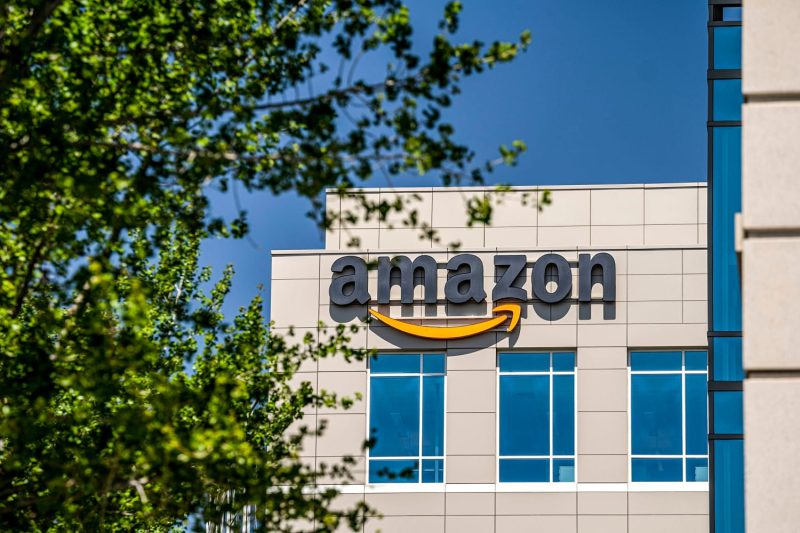Amazon made headlines recently when it announced its decision to shut down its Speedy brick-and-mortar delivery service. Launched just two years ago, the service aimed to revolutionize the way customers receive their orders by providing ultra-fast delivery through physical stores. However, despite initial enthusiasm and high expectations, Amazon has decided to pull the plug on this venture due to a variety of reasons.
One of the main factors contributing to the shutdown of Speedy was its failure to meet the expected customer demand. While the concept of leveraging brick-and-mortar locations for speedy delivery seemed promising on paper, the actual execution fell short. Customers reported limited availability of products, longer wait times, and a lack of convenience when compared to other delivery options offered by Amazon. The inability to deliver on its core value proposition ultimately led to dwindling interest and poor adoption rates.
Additionally, the operational challenges and costs associated with running a brick-and-mortar delivery service proved to be more significant than anticipated. Managing physical locations, staff, inventory, and logistics introduced complexities that strained the overall efficiency of the service. Amazon, known for its relentless focus on operational excellence and customer satisfaction, could not justify the resources required to sustain a service that was not meeting its intended goals.
Furthermore, the competitive landscape played a pivotal role in Amazon’s decision to shutter Speedy. With the rise of other delivery services, both within and outside the e-commerce sector, the market became increasingly saturated. Established players offered similar or better delivery options, making it difficult for Speedy to differentiate itself and carve out a unique value proposition. In a crowded and competitive market, Amazon had to reassess its strategy and allocate resources to initiatives with greater growth potential and alignment with its long-term vision.
The closure of Speedy serves as a valuable lesson for Amazon and other companies in the e-commerce and retail space. Innovation is essential to staying ahead in a rapidly evolving industry, but not every idea will resonate with customers or achieve the desired impact. It is crucial for businesses to continuously evaluate their initiatives, listen to customer feedback, and adapt to changing market dynamics. While failure is inevitable in the pursuit of innovation, learning from missteps and pivoting towards more promising opportunities is key to long-term success.
In conclusion, the shutdown of Amazon’s Speedy brick-and-mortar delivery service underscores the challenges of introducing new concepts in a competitive market. Despite its initial promise, the service faltered in meeting customer expectations, managing operational complexities, and differentiating itself from established competitors. By recognizing the factors that led to the demise of Speedy, Amazon can derive valuable insights that will inform its future endeavors and drive sustainable growth in the ever-evolving landscape of e-commerce and delivery services.
